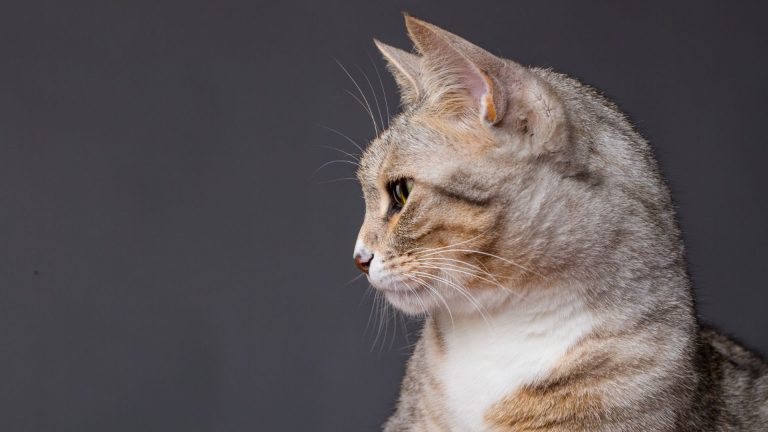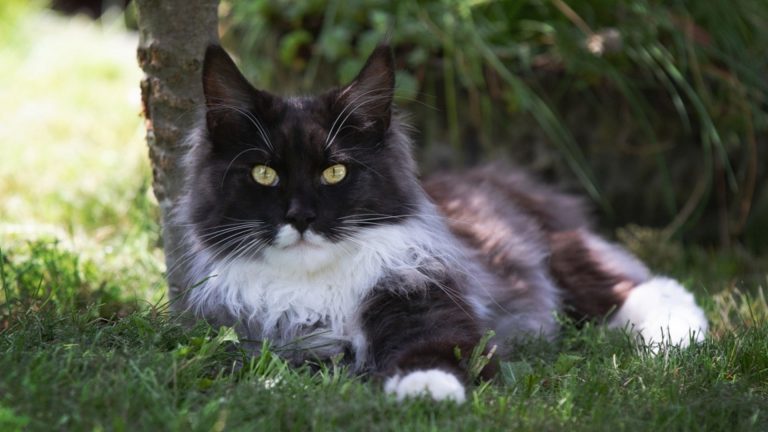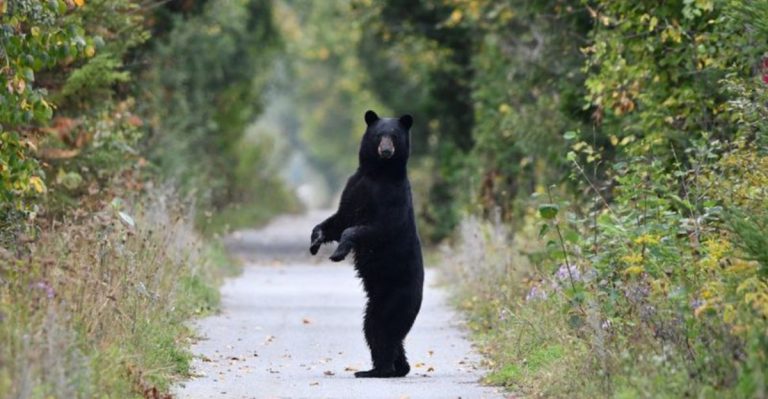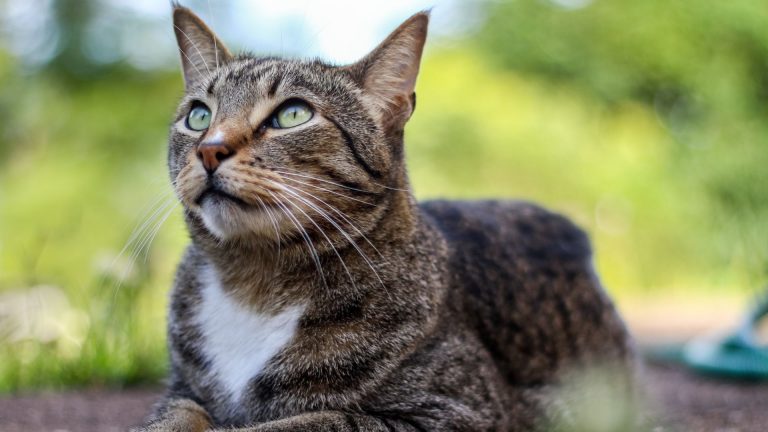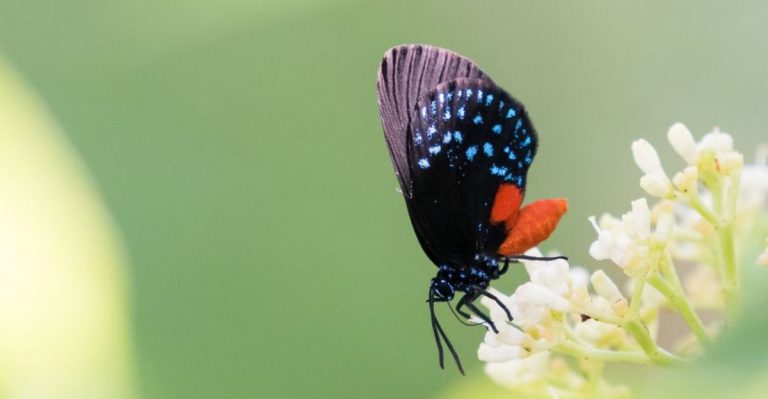The Most Talked-About Birds Spotted In Central Park
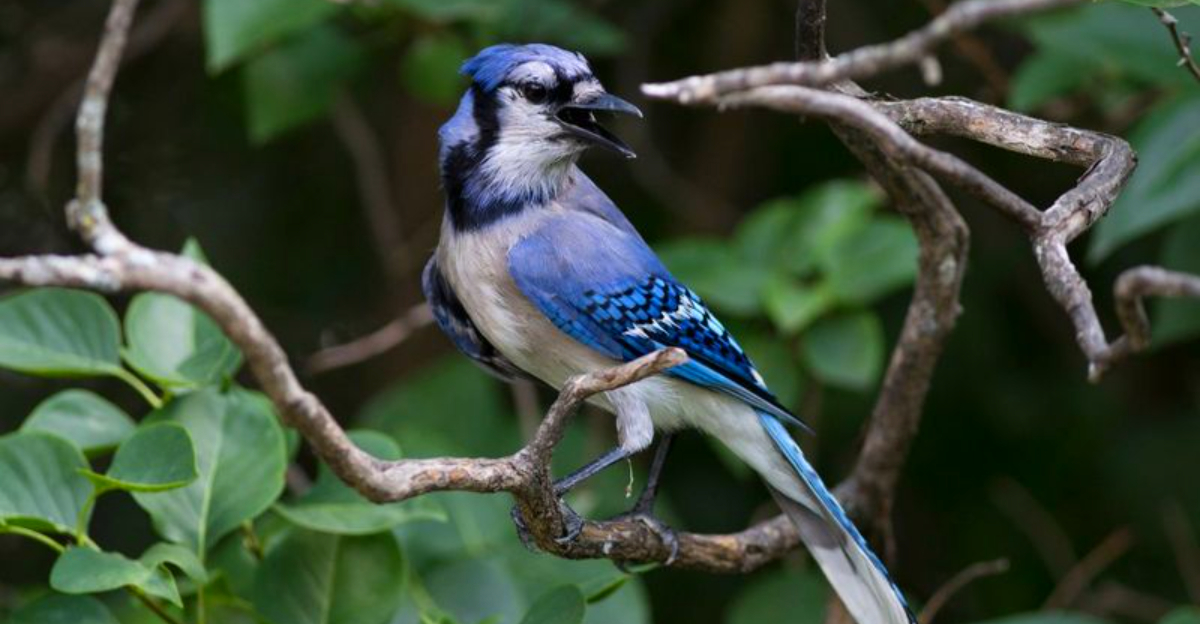
Have you ever wandered through Central Park and wondered about the feathered friends flying overhead? This urban oasis in the heart of Manhattan hosts an amazing variety of birds throughout the year. From colorful songbirds to majestic hawks, here are ten fascinating birds you might spot during your next park visit.
Northern Cardinal
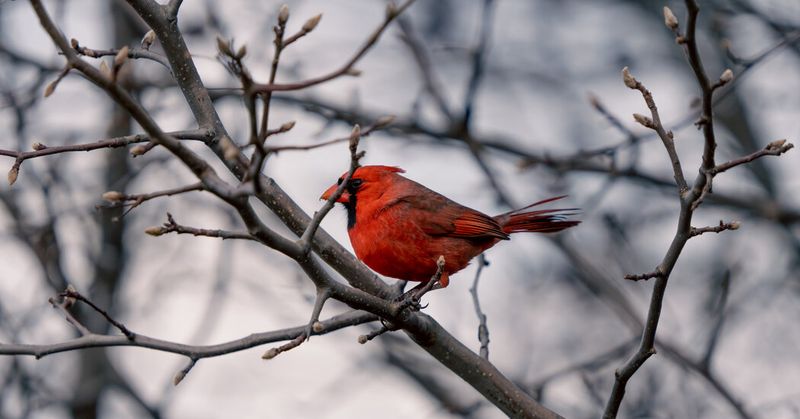
Bright as a stop light and twice as eye-catching! Male cardinals sport brilliant red plumage that stands out vividly against winter snow or summer greenery.
Females wear subtle tan feathers with reddish accents. Their cheerful whistling songs often echo through the park at dawn, making them early morning favorites for joggers and birdwatchers alike.
Blue Jay
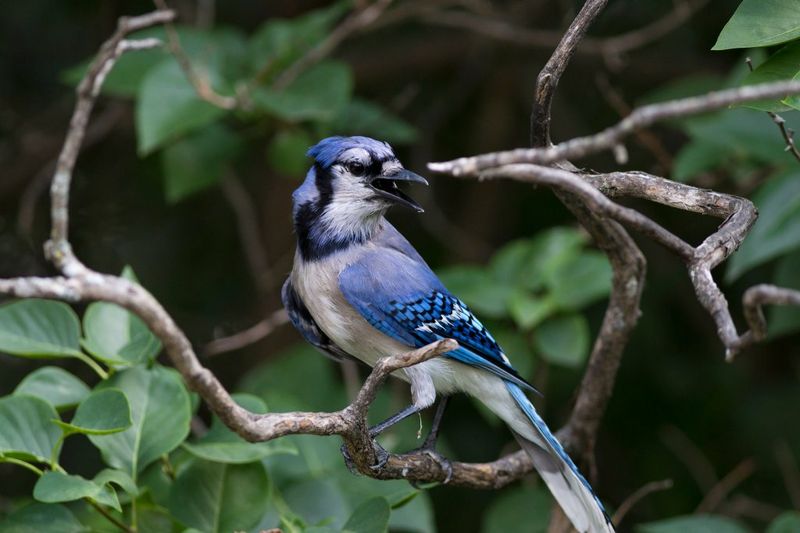
Loud doesn’t begin to describe these rowdy park residents! Blue jays announce their presence with harsh, screaming calls that can silence other birds in the area.
Despite their bullying reputation, these intelligent birds with striking blue, white, and black markings are fascinating to watch. They’ll cleverly mimic hawk calls to scare away competition from bird feeders and gathering spots.
American Robin
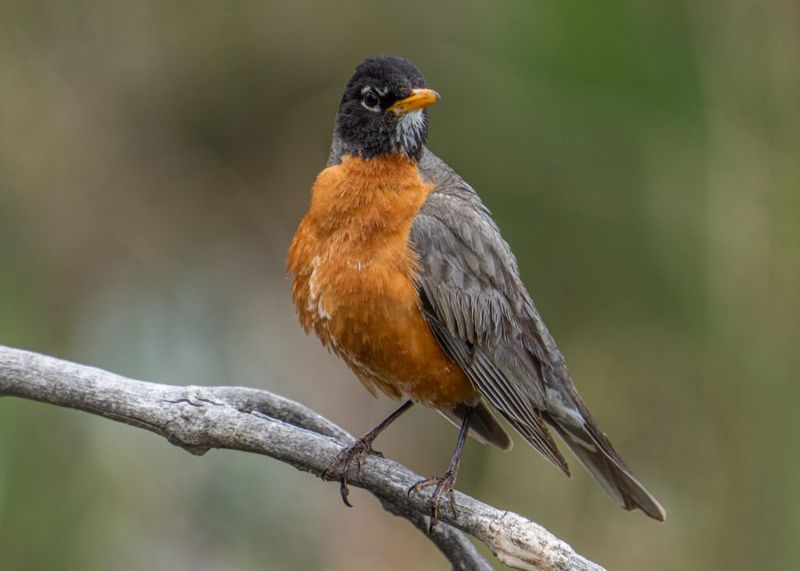
Racing across grassy lawns after rainstorms, these birds aren’t actually pulling worms out by listening – they’re watching for movement!
With rusty-orange breasts and gray backs, robins gather in large flocks during winter before pairing off in spring. Their melodious morning songs have earned them a special place in poetry and folklore as symbols of renewal.
House Sparrow
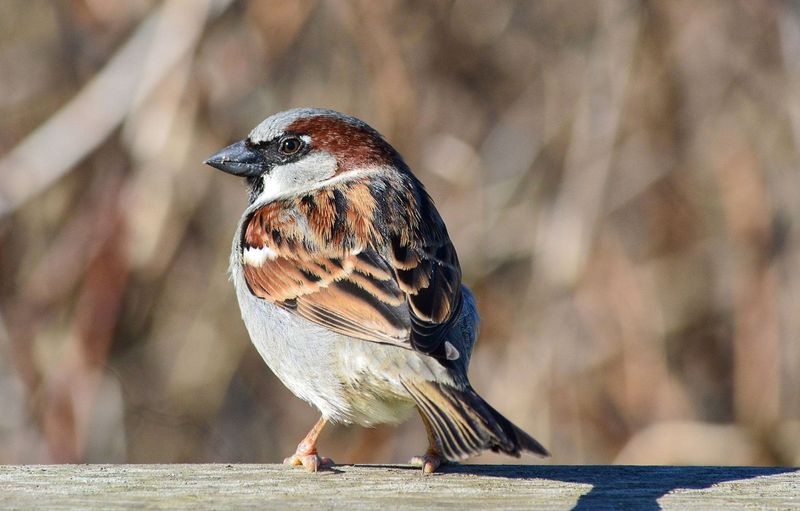
Small but mighty survivors thrive in the bustling city! These little brown birds have adapted perfectly to urban life, nesting in building crevices and feasting on scattered crumbs.
Males sport black bibs and gray caps, while females blend into their surroundings with muted brown colors. Their cheerful chirping creates the background soundtrack for many park picnics and lunch breaks.
Mourning Dove
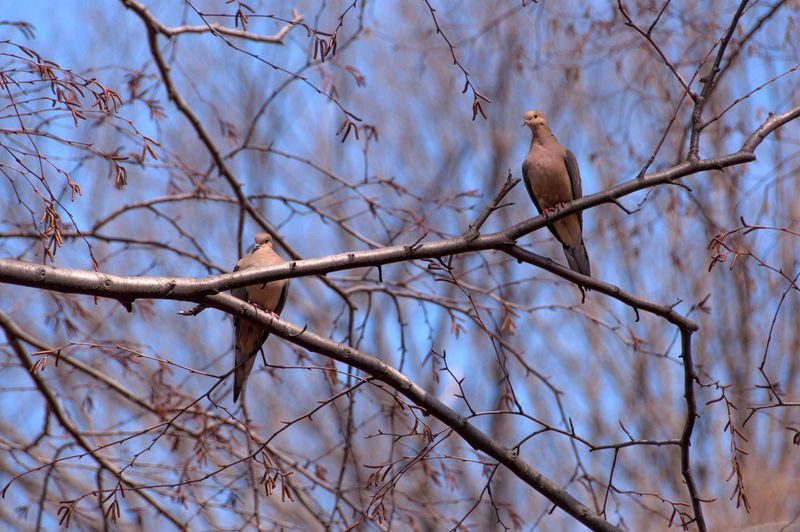
Listen for the soft, melancholy cooing that gives these birds their name. Their gentle sounds create a peaceful atmosphere even in the busiest sections of the park.
Graceful in flight with pointed tails and soft tan-gray coloring, mourning doves often forage on the ground in pairs. When startled, their wings make a distinctive whistling sound as they take off quickly.
Eastern Bluebird
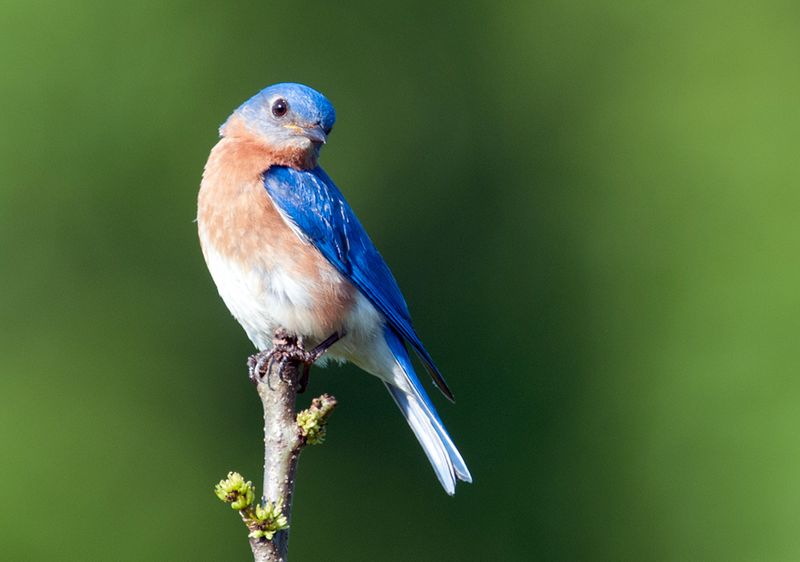
Flashes of brilliant blue darting between trees signal these stunning songbirds! Males display vibrant azure backs with rusty-orange breasts, while females show more subdued colors.
Once declining in numbers, conservation efforts have helped bluebirds make a comeback in the park. They prefer open areas with scattered trees and can often be spotted perching on branches before swooping down to catch insects.
American Goldfinch
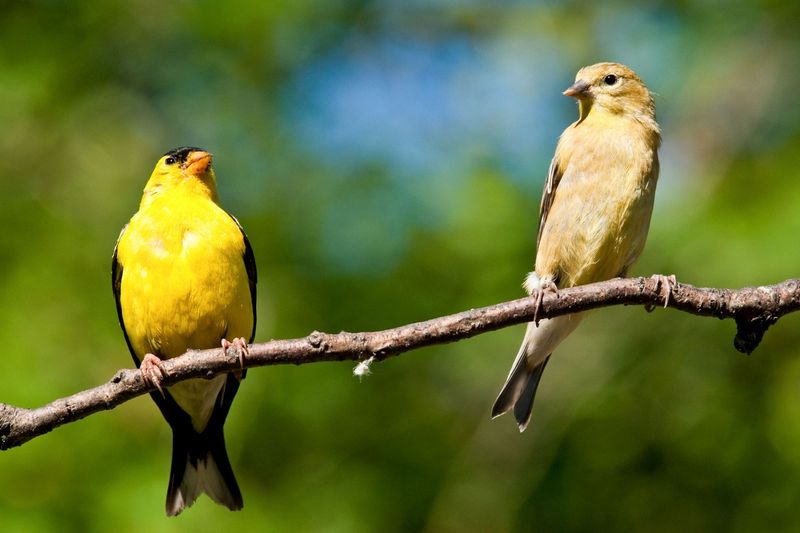
Bouncing through the air like tiny yellow tennis balls, male goldfinches transform from dull winter olive to brilliant sunshine yellow each spring.
Their undulating flight pattern and sweet, canary-like songs make them easy to identify. Attracted to thistle and sunflower seeds, these small finches bring splashes of color to meadow areas and bird feeders throughout the park.
Red-tailed Hawk
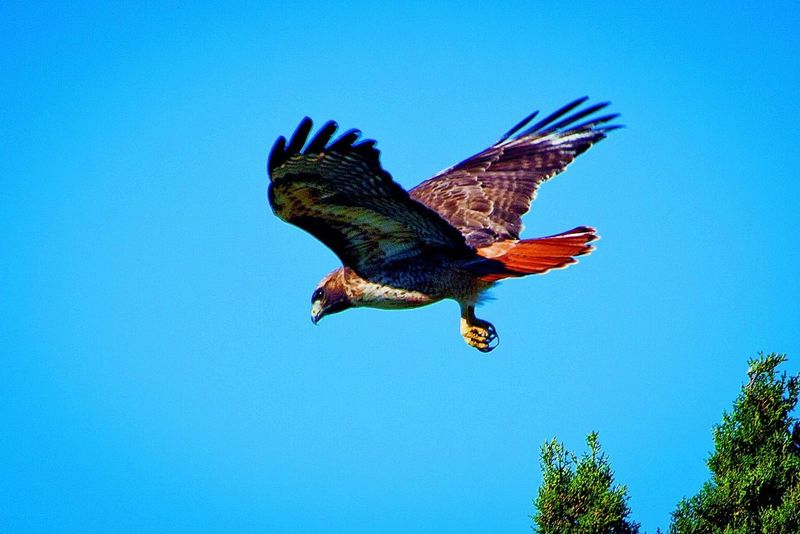
Circling high above the treetops, these impressive raptors scan for squirrels and pigeons with incredible eyesight.
Their distinctive rusty-red tails flash in the sunlight as they soar on thermal currents. Celebrity hawk pairs have nested on prestigious Fifth Avenue buildings, drawing crowds of devoted fans. Their piercing cries, often used in movies to represent eagles, echo dramatically through the park canyons.
Mallard Duck
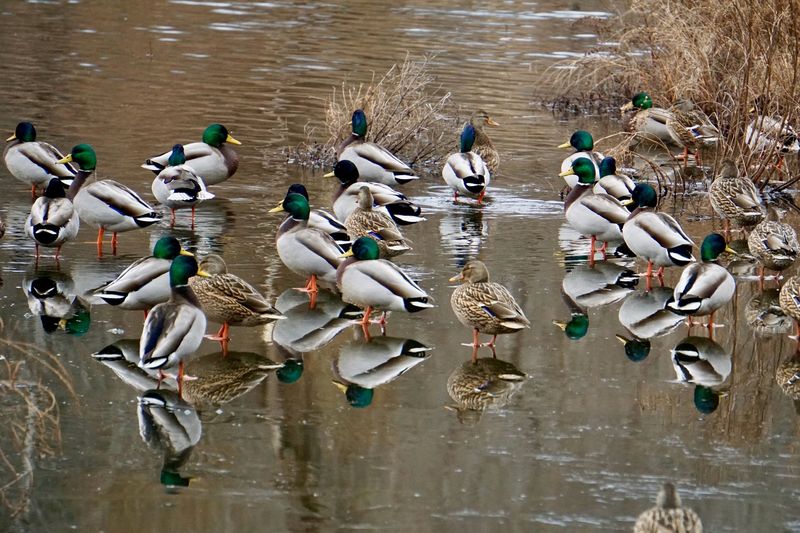
Quacking conversations and splashing water announce these familiar park residents! Males sport glossy green heads and yellow bills, while females wear mottled brown camouflage perfect for nesting. Families flock to feed these ducks despite park rules against it.
Watch for adorable ducklings following their mothers in single-file lines across ponds during spring, creating postcard-perfect moments for visitors.
Canada Goose
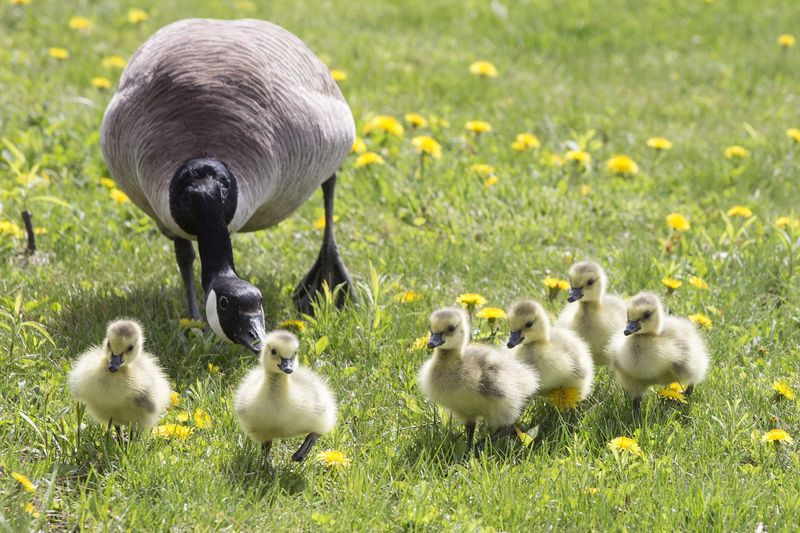
Commanding attention with loud honks and impressive size, these geese have become year-round residents rather than just seasonal visitors.
Recognizable by their black necks, tan bodies, and white chin straps, they travel in family groups across lawns and waterways. Though sometimes considered nuisances for their droppings and territorial behavior, watching goslings grow under protective parents remains a springtime park highlight.

